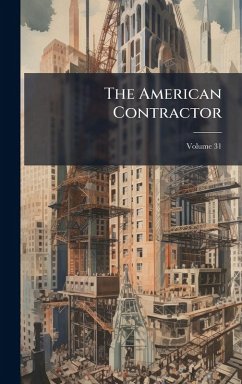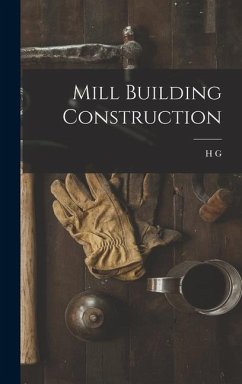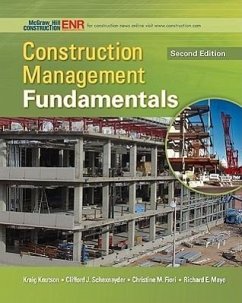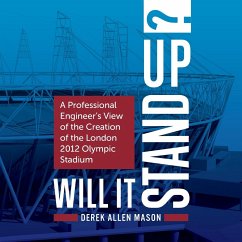
An Analysis of Construction Contractor Performance Evaluation System
Versandkostenfrei!
Versandfertig in über 4 Wochen
30,99 €
inkl. MwSt.
Weitere Ausgaben:

PAYBACK Punkte
15 °P sammeln!
A rigorous system for rating construction contractor performance does not exist for the USAF as identified by the Air Force Civil Engineer (USAF CE), Major General Del Eulberg (Eulberg, 2007). The United States Army Corp of Engineers (USACE) uses DD Form 2626 for contractor performance evaluation and contractor selection. The objective of this research is to strengthen the USAF contractor rating system by exploring USACE's use of DD Form 2626. Using data from DD Form 2626, statistical analysis was conducted to determine if the measured performance sub-items reflect their respective performance...
A rigorous system for rating construction contractor performance does not exist for the USAF as identified by the Air Force Civil Engineer (USAF CE), Major General Del Eulberg (Eulberg, 2007). The United States Army Corp of Engineers (USACE) uses DD Form 2626 for contractor performance evaluation and contractor selection. The objective of this research is to strengthen the USAF contractor rating system by exploring USACE's use of DD Form 2626. Using data from DD Form 2626, statistical analysis was conducted to determine if the measured performance sub-items reflect their respective performance elements, if the resulting performance elements relate to the overall contractor performance rating, and finally, if a relationship exists between the overall contractor performance rating and the overall project schedule performance. This work has been selected by scholars as being culturally important, and is part of the knowledge base of civilization as we know it. This work was reproduced from the original artifact, and remains as true to the original work as possible. Therefore, you will see the original copyright references, library stamps (as most of these works have been housed in our most important libraries around the world), and other notations in the work. This work is in the public domain in the United States of America, and possibly other nations. Within the United States, you may freely copy and distribute this work, as no entity (individual or corporate) has a copyright on the body of the work. As a reproduction of a historical artifact, this work may contain missing or blurred pages, poor pictures, errant marks, etc. Scholars believe, and we concur, that this work is important enough to be preserved, reproduced, and made generally available to the public. We appreciate your support of the preservation process, and thank you for being an important part of keeping this knowledge alive and relevant.












